The Karakoram Highway spans 460 kilometers in Pakistan, and more than 300 kilometers of it have been constructed with the help of China. Despite its relatively short length, the immense difficulties encountered by those building it has earned the highway the nickname of the “Eighth Wonder of the World”.
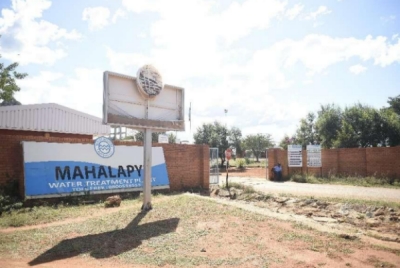
Shoshong, a town located in the central district of Botswana, has struggled with severe water shortages in recent years.
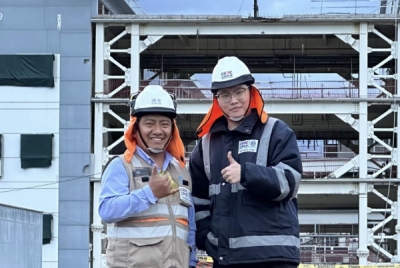
For over a decade now, China Gezhouba Group Co., Ltd., a subsidiary of China Energy Engineering Group Co., Ltd. (Energy China), has actively participated in high-quality cooperation as part of the Belt and Road Initiative (BRI), contributing to the vision of a “Beautiful China” and a better world.
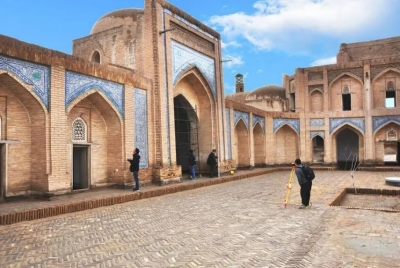
In October 2021, the Kabada Community Industrial Technical School broke ground as part of a key initiative led by SICOMINES – a joint venture formed by China Railway Group Limited (CREC) and Power Construction Corporation of China – and the General Mining Company of the Democratic Republic of the Congo (DRC).
The China-Laos Railway, a flagship project of the Belt and Road Initiative (BRI), jointly constructed and operated by China and Laos and adopted Chinese standards, was the first international railway to directly connect to China’s rail network.
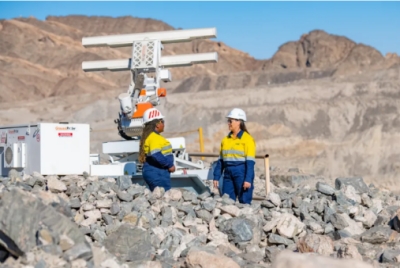
Although geographically distant, China and Namibia share a deep historical connection. The two countries formally established diplomatic relations in 1990.
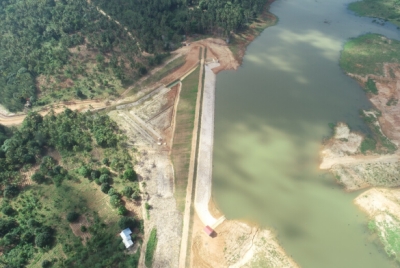
In Zanzibar, Tanzania, outdated agricultural water infrastructure has long hampered local development. Out of over 8,000 hectares of land with irrigation potential, only 800 hectares are effectively irrigated, significantly limiting agricultural progress.
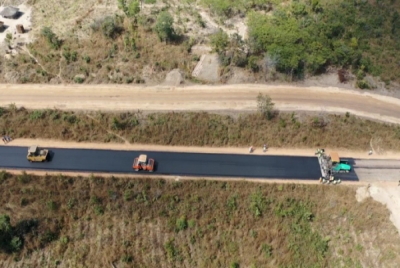
As a pioneer of the Belt and Road Initiative (BRI), China Construction Second Engineering Bureau Ltd., a subsidiary of China State Construction Engineering Corporation (CSCEC), has proactively contributed to the harmonious development of economic growth and environmental protection in BRI countries.